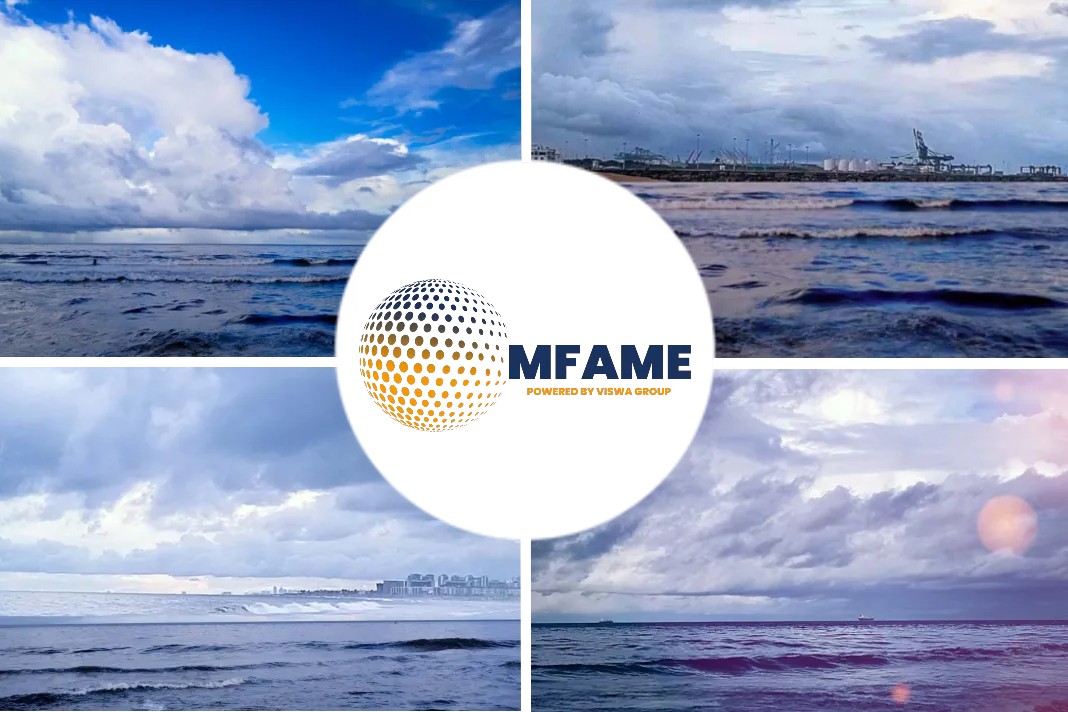From 2024, cargo, cruise and RoPax ships must yearly calculate their CII (Carbon Intensity Indicator), with a required rating of C or better, based on reported fuel oil consumption data from the previous year.
Related to this annual rating, the SEEMP Part III is a mandatory, ship-specific document that lays out the plan to improve the CII, and therefore the vessel’s operational energy efficiency, for the next three years, reads DNV website.
Intention of the SEEMP Part III
The SEEMP Part III is intended to help companies achieve the required CII. It is a dynamic document subject to regular updates and revisions, reflecting the changing performance and required measures. In case of a D rating for three consecutive years or one E rating, the SEEMP Part III will have to be updated with a corrective action plan and verified before the DCS SoC (Statement of Compliance) can be issued.
SEEMP Part III Generator
To ensure that our customers comply with the regulatory requirements and can easily plan further steps of their decarbonization journey, DNV is launching SEEMP Part III Generator.
SEEMP Part III – advisory support
For the more challenging vessels or trades, Maritime Advisory by DNV can provide the SEEMP Part III with the most up-to-date accuracy of the level of effectiveness of abatement measures suitable for the individual vessel, taking into account already exploited operational optimizations and investments.
Handling of SEEMP Part III
The verified SEEMP Part III is to be kept on board from 1 January 2023 together with the CoC (Confirmation of Compliance). It should also be noted that SEEMP Part III comes in addition to the SEEMP Part I and SEEMP Part II. SEEMP Part I was establishing a mechanism for a company and a ship to improve the energy efficiency of a ship’s operation. SEEMP Part II described the procedures for monitoring fuel oil consumption.
SEEMP Part III will be handled as a separate document.
The following must be included in the SEEMP Part III:
- The required CII for the next three years, calculated based on each vessel’s particulars
- The target CII for the next three years, calculated based on vessel’s operational data
- An implementation plan documenting how the required CII will be achieved during the next three years, with yearly targets
- Procedures for self-evaluation and improvement
- Possibly corrective action plan (in case of inferior rating)
Did you subscribe to our daily newsletter?
It’s Free! Click here to Subscribe!
Source: DNV


















